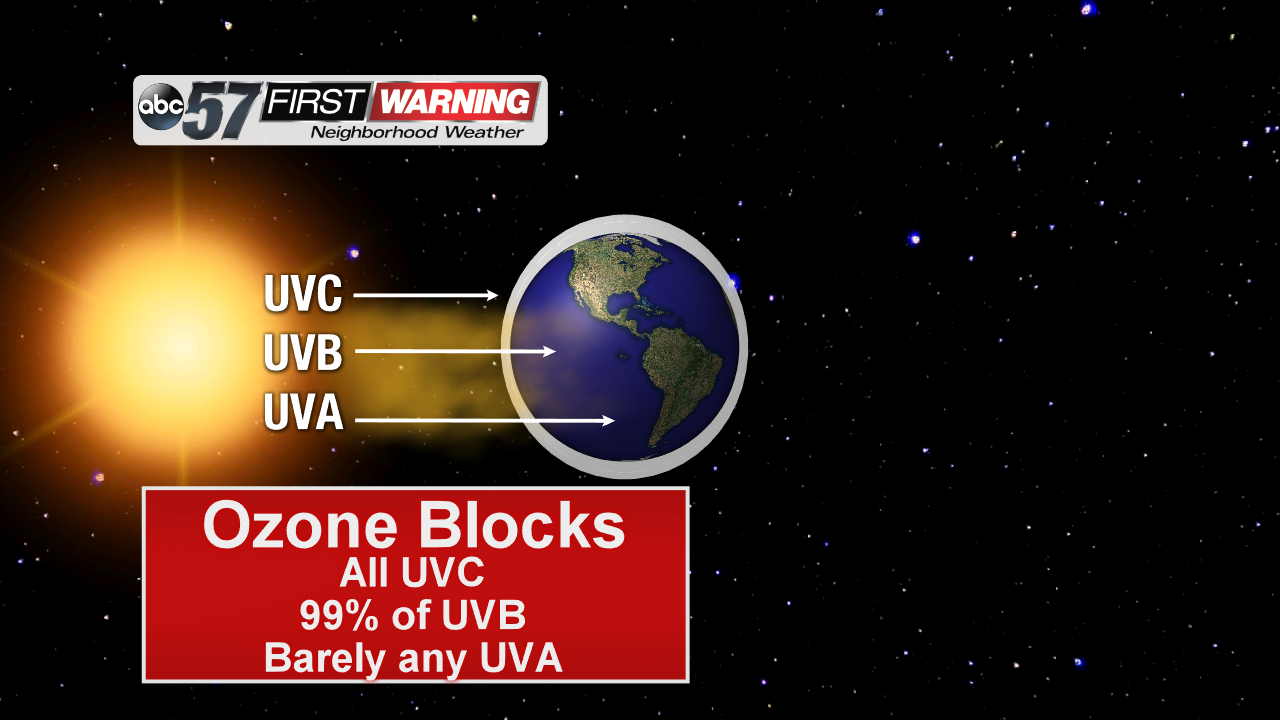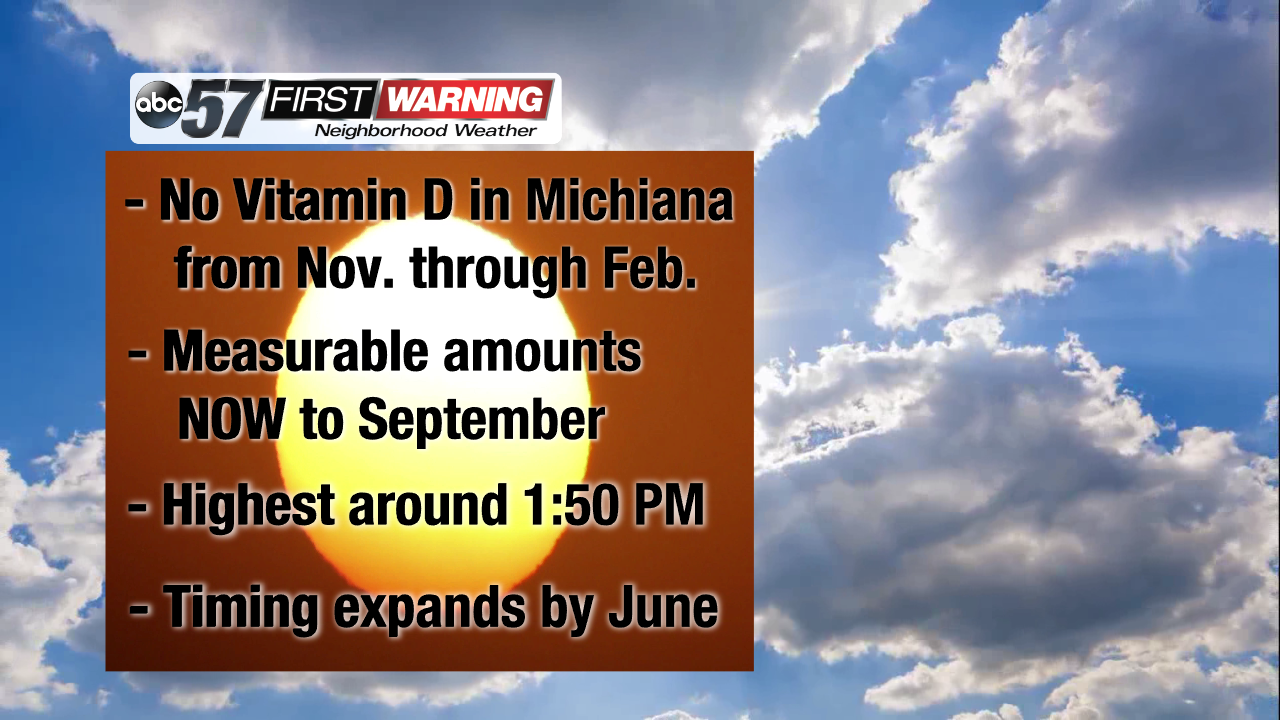Why sunshine can benefit us now, like it couldn't before
The start of spring has more perks than you may think. One of them is that we can finally start receiving Vitamin D from the sun again! This is something that many people believe is possible year-round, but it is not. In fact, the lack of sun exposure for many of us in the northern hemisphere, is the reason why illness becomes more common in the winter. Vitamin D has many health benefits including bone health and immune function, but it is found in very few foods. The main source of Vitamin D for humans is the sun and vitamins.
Overall, keeping up with Vitamin D intake just makes us feel better, and now, going out in the sun will help us boost our intake. Here is how it works:
The sun sends UV radiation to the earth, including UVC, UVB and UVA, but a majority of the UV radiation is blocked from reaching the earth's surface by the ozone layer. UVC is entirely blocked out, UVB is mostly blocked out, and the majority of UVA reaches the ground. However, UVB is the only radiation that does us any good. Ninety-nine percent of UVB is blocked by the ozone, and since it has a shorter wavelength, it has to pass through the ozone at the easiest access point. The easiest access points are where the ozone is thinnest, so near the equator, or when the sun is directly (or nearly) overhead.
When UVB rays make contact with our skin, our skin photosynthesizes to make the Vitamin D3 hormone. Vitamin D3 that is stored in our skin may last twice as long as Vitamin D3 intake via vitamins.
In late March, the sun is finally at a high enough angle over Michiana's latitude (41.6 N) that not all of the UVB is blocked by the ozone. As the sun keeps shining further into the northern hemisphere during summer, more UVB will make it to the ground, because of the more direct angle. May, June, July and August are the peak months to get Vitamin D from the sun. Currently, the best time of day to get some Vitamin D outside is around the solar noon, which is around 1:50 PM. As we head further into the peak months, this time window will expand. Eventually, during May through August, the best times of day will be from 12PM to 3PM.
We cannot forget that the sun can be dangerous, and both UVB and UVA rays can cause skin cancer and eye problems like cataracts. Therefore, soaking in UVB for the Vitamin D can be a good thing, but once you get sun burnt, all of the benefits are pretty much squashed by the risks.
Sources:
US National Library of Medicine, National Institutes of Health:
Vitamin D: The "sunshine" vitamin

















